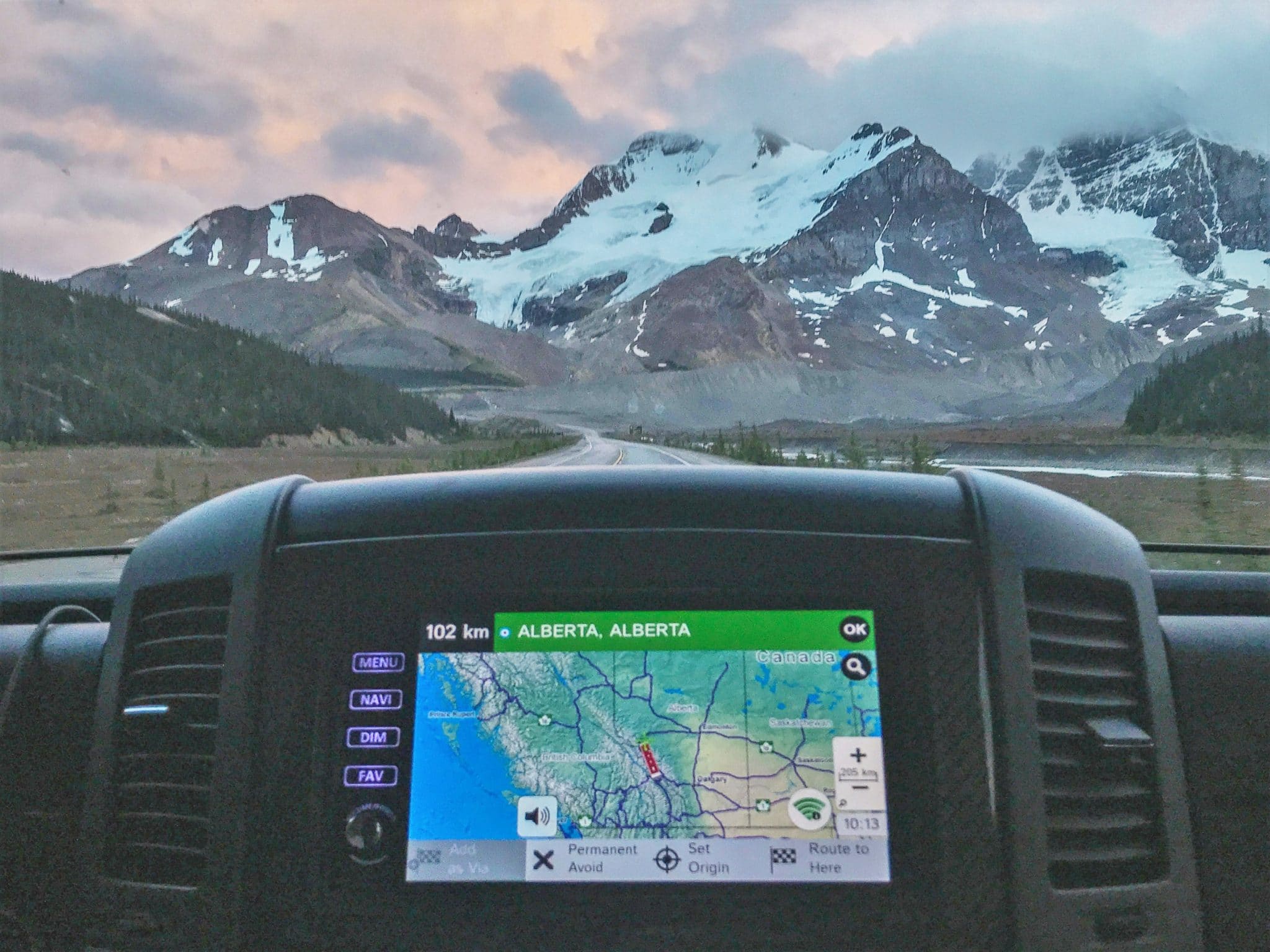*Disclaimer: This post is part of a content series sponsored by Camping World. All opinions are our own.
We’ve been RVing both full-time and part-time since 2017. We’ve traveled over 60,000 miles in our RV and have visited 40 states and 30 national parks. I guess you could say we’ve “been around”.
But regardless of how many RV trips we’ve been on, route planning is still a challenging process for us and it seems to be the same for most of our RV friends. It can certainly be overwhelming for newbie RVers. We decided to try to break down our process and explain how we work through planning an extended RV trip as best as we can.
The Route Planning Puzzle

In the rest of this post we will break down each of the individual puzzle pieces and explain how we work through finding the right piece. We tend to think of route planning as a puzzle. Not only because it can be quite puzzling, but because part of the process is about continuing to try the different pieces of a trip until it all comes together nicely. You’ll find yourself moving things around and adjusting as needed.

Choosing Where to Go
We often get asked, “how do you find the best destinations to go in your RV?” You may already have some places in mind, but there’s three main factors that go into how we choose a place to go.
Bucket List
Most of us have places we’ve always dreamt of going. Maybe it’s the Grand Canyon, the Florida Keys, or Niagara Falls. We definitely had those places on our list when we first hit the road.
As you check things off your RV bucket list, however, you’ll need ways of continually filling it. Some of the ways we find inspiration for places to travel to in our RV are:
- Social media and search engines. We love following other RV accounts on Instagram. You can scroll through and see photos of places that RVers are sharing about and easily save the spots that look appealing to you. We also love using Pinterest, which is another visual way of picking out destinations. Or you can of course use Google and search things like “best places to RV in ____”.
- Personal recommendations. Talk to other RVers or travelers in general and see what spots they’ve loved visiting. Personal recommendations tend to be some of our favorite spots, especially the lesser known destinations or “hidden gems”.
- Hobbies. Go where you can do the things you love. For us, it’s fly-fishing. So we search the internet for the best rivers to fish on.
- Festivals/events. You may choose a destination based on a big event or festival that they hold. Mardi Gras, Burning Man, Coachella…there’s so many options!
- General areas of interest. You don’t necessarily have to think of specific destinations, you can have general geographic areas as well, such as experiencing fall in the northeast or winter time in Florida, for example.
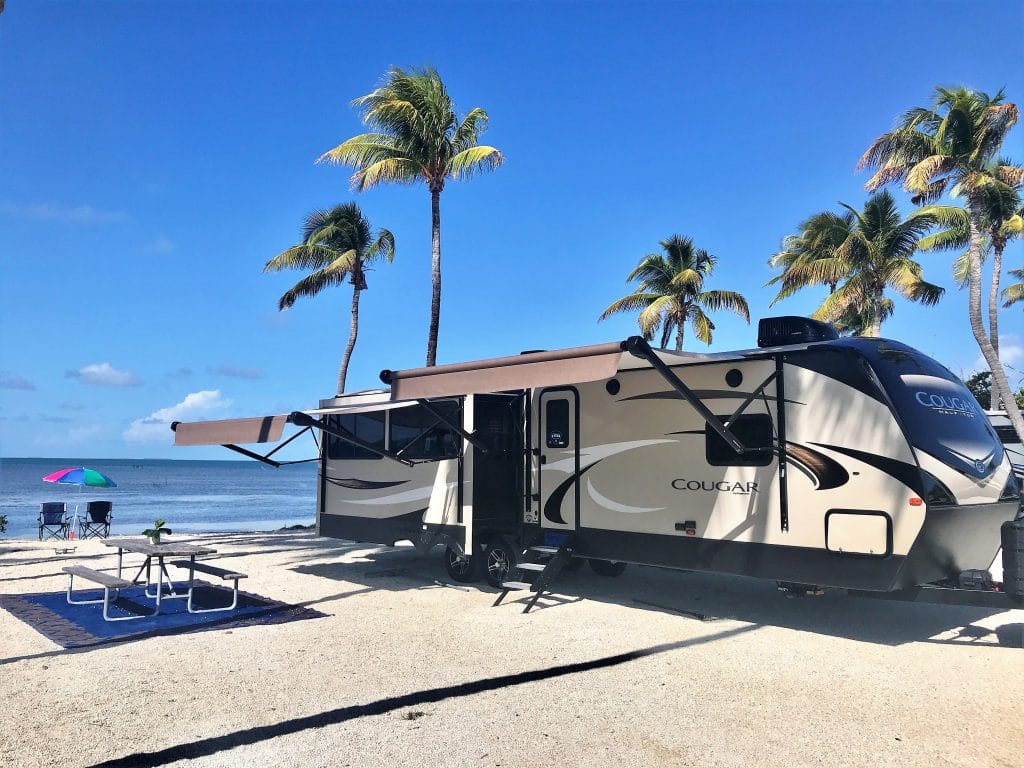
Trip Duration
The amount of time you have to be on the road and therefore the distance you can cover will be a huge factor in where you can go in your RV. Additionally, you’ll want to consider the pace you feel comfortable going. How fast do you want to travel and how much driving are you willing to do on travel days?
This can be very different if you’re considering full-time RVing, in which case you wouldn’t have a duration. What helped us is to break up our year into smaller chunks and get an idea of the region we’d want to be in during those parts of the year, then plan out a few months at a time.
Time of Year
Seasons will also impact where you choose to travel. You may want to chase warmer weather when RVing in the winter and head to the desert, or you may prefer to be a ski bum and embrace the cold.
In addition to weather, though, you’ll need to also think about high seasons in the destinations you’re hoping to visit. Yosemite in the summertime, for example, will be very crowded and busy. This will impact whether or not you can secure campsites or you may choose to visit during low season to avoid crowds.
Lastly, when it comes to seasonal weather, it’s very important to take safety into account. You won’t want to be traveling through major storms, whether that’s blizzards or hurricanes. Think about the states you’ll be driving through and their typical weather patterns during the time of year you’re planning your route.
Choose Your “Final Destination”
After you work through the three different parts of choosing a spot to take your RV, you’ll want to think of your trip in terms of where your final destination will be. Having this in mind will help you start to plan your route and is an important first step of the process.
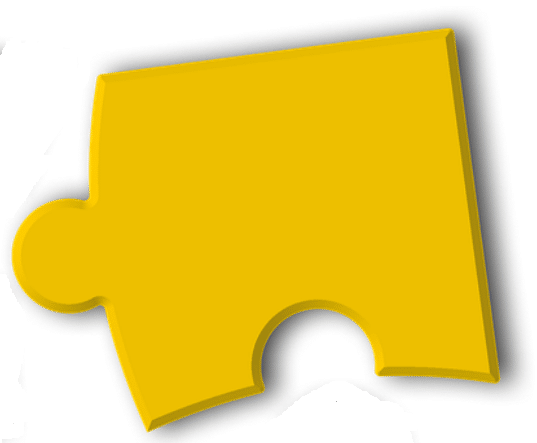 Route Planning
Route Planning
Taking your starting point and that final destination you chose, type it into Google maps and get a general sense of your route options. This route will change, but it helps give you something to work with.
Put it on the Map!
As you can see in the example below, the map shows directions from Denver, Colorado to Seattle, Washington. First of all, I have to point out that it will also show you the flight route. This is a perfect visual as to why RVing is our favorite way to travel. Look at the points along the way that you’d fly over and miss out on as opposed to being able to experience in an RV.

When looking at your map, you’ll be able to determine which route allows you to see more and do more of whatever you desire, which route makes the most sense for your duration, and which route will be safest in terms of weather and time of year.
*Important note: do not, we repeat DO NOT use Google maps for navigation in an RV. This is simply just to get an idea of a route, but when it comes to actual directions you will want to use an RV specific navigation system for safety purposes.
Pin Points Along Your Route
Then what you can do is zoom in a bit and look at points along the route you choose that would make great stopping points. This may lead you a bit off your route and that’s okay. In the example above, you can see the yellow line to Portland. You may want to detour off the path a bit when you see what other destinations are along or in the vicinity of your route.
You can then drag the blue lines Google maps to adjust. We do this quite a bit. In fact, when planning our very first trip in our RV, our final destination was Glacier National Park, yet we drove the longest way there possible so we could drive up the coast of California and cut through Oregon and Idaho.
Continue to look for points on the map, drop a digital pin in it, and you’ll see your route start to take shape more and more. That’s the beauty of RVing…you can choose your own adventure!
It’s okay to dream a bit and put in a pin in any spot that is attractive to you. You may not fit it all in, but it’s okay to go a bit crazy here as long as you keep in mind your trip duration and preferred pace.

Pencil it in
The next step in this phase of RV route planning is to loosely start aligning your route and the stops you’re hoping to take with a calendar. We prefer to print a paper calendar but whatever works. Also, notice I said loosely plan dates…you will likely be changing days around so literally pencil it in and get your eraser ready.
To start choosing specific dates:
- Look at each of the pins you put along or close to your route.
- Determine how long you will need in each of those spots. This will hugely depend on the purpose of the stop and the activities you plan to do there. It may be a quick overnight stop to see a landmark or monument. Or, it could be 2-3 days or more if you’re hoping to explore one of the larger national parks and do some hiking or outdoor activities.
- Determine how many days you need in between stops to travel. How many hours and miles are you comfortable driving in one day?
- Think about other circumstances that will impact scheduling. Is it important that you land in a spot on a specific day of the week? Maybe you’d like to be at one of the stops during a weekend if you are working on the road and want time to explore. Or maybe there’s a specific event that is the reason for your stop and you need to ensure you make it there on the right day.
This exercise is important because it starts to combine all the important pieces together – your timeline, your route, your desired stops, your pace, your budget, etc. Those factors are what ultimately start to shape your itinerary.
 Finding the Right RV Site
Finding the Right RV Site
Once you have your points along your route, you have to make sure you have a place to park your RV in each of those places. But, before we go into making reservations and solidifying your route, here’s an overview of the different types of RV accommodations that are out there.
Types of RV Accommodations:

- Parking lots. There are several businesses that allow overnight parking in their parking lots (depending on city ordinances). Walmart, Cracker Barrel, and Cabellas are a few examples. Truck stops and rest areas are other options for parking. These are all very handy for quick stopovers to break up a travel day. You get in late and leave early.
- Campgrounds. There are national, state, and county parks, as well as national forest service campgrounds. You can also find campgrounds through the Army Corps of Engineers, which are affordable and available to anyone. Campgrounds tend to be a little more rugged like camping and may or may not have RV hook ups.
- RV parks and resorts. These are privately owned parks that will almost always have at least electrical hookups at every site. Prices and amenities will vary greatly.
- Boondocking spots. Boondocking is a term used for dry camping on public lands for free. You can typically park for up to 14 days but you’ll want to check the policies.
You’ll then find that each of these main accommodation categories will often have several options in the area you’re looking to travel to. So from there you’ll need to narrow down your options.
Determine the Purpose of Your Stay
You’ll know which accommodation type is best for you once you determine what your plans are for that stop. If it’s a quick overnight, you’ll likely search for the parking lot options in the area.
However, if you’re visiting a national or state park, finding a site at the campground inside or around that park will be your best option. For extended stays, such as when you arrive at your final destination, you’ll need to consider what amenities you need and factor in the proximity of an RV site to the activities and sites you plan to enjoy while you’re there.
Helpful Apps & Memberships for Finding RV Sites
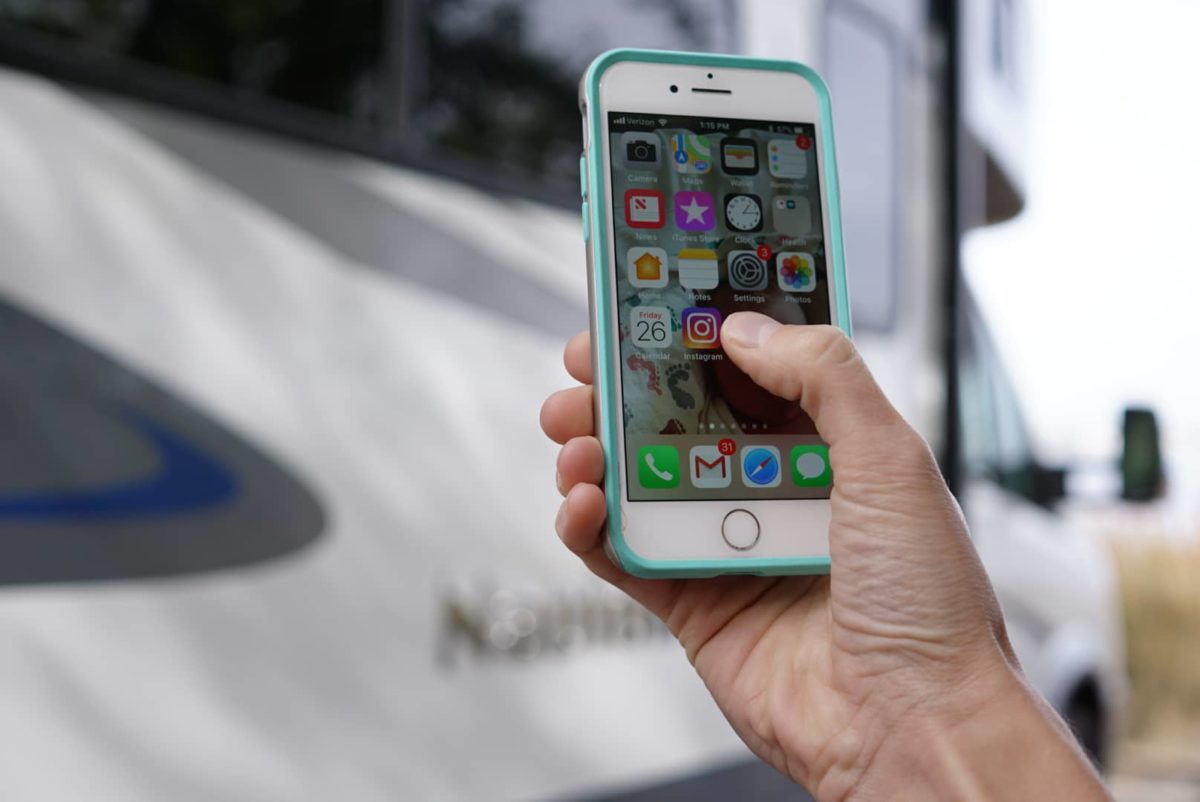
The best way we narrow down the spot we plan to park our RV is by using apps and RV memberships. Once you type in the area in which you’re looking for a site, you can use filters to help you select the right site for your needs. You can filter by RV length, nightly cost, cell signal, amenities, etc.
These are the apps we use most often and what we typically use them for:
- RV TRIP WIZARD (complete trip planner)
- GOODSAM TRIP PLANNER (route planning + membership discounts + RV park search)
- RESERVE AMERICA (state + national park site search)
- RECREATION.GOV (campgrounds search)
- ALLSTAYS (parking lot search for overnight stays)
- CAMPENDIUM (boondocking spot + RV park search)
- THE DYRT (boondocking spot + RV park search)
- PASSPORT AMERICA (membership discount + RV parks)
- HARVEST HOSTS (membership for free overnight stays at farms, wineries, museums, and more!)
- BOONDOCKERS WELCOME (membership for free short stays on other RVers’ property)
- THOUSAND TRAILS (discount membership + RV park search)
- ESCAPEES RV CLUB: (membership for discounts on RV parks)
You’ll likely use a combination of these apps to find the right RV site for you. But they are much easier to use and a big time saver versus doing a Google search.
 Building an Itinerary
Building an Itinerary
At this point in the RV route planning process, you should have your final destination in mind, a general idea of your route, some spots pinned along your route as stops, and the RV sites you plan to stay at in those stops. This is where things start to get a little tricky.
Go grab that calendar you penciled some dates on and let’s get down to the nitty gritty. To finalize the details of your itinerary, here are a few things to be ready to tackle and some tips.
Reservations or Not?
How scheduled are you going to be and how strict is your timeline?
Some people are planners and tend to schedule out every single night of their trip. There are definitely benefits to this, as you won’t need to worry about finding a spot to stay but you’ll also miss out on some spontaneity, which can make RVing extra fun and exciting. You’ll also want to check the cancelation policies at any campgrounds and RV parks you make reservations at and pay for ahead of time. You’d hate to lose out on money if something comes up.
On the flip side, if you don’t make reservations, you are sometimes limited and might not be able to stay where you want to stay or go where you want to go. In highly popular areas like national parks or during big festivals and events, you’ll need to book a site as soon as they open spots up for your dates. This can sometimes be an entire year in advance!
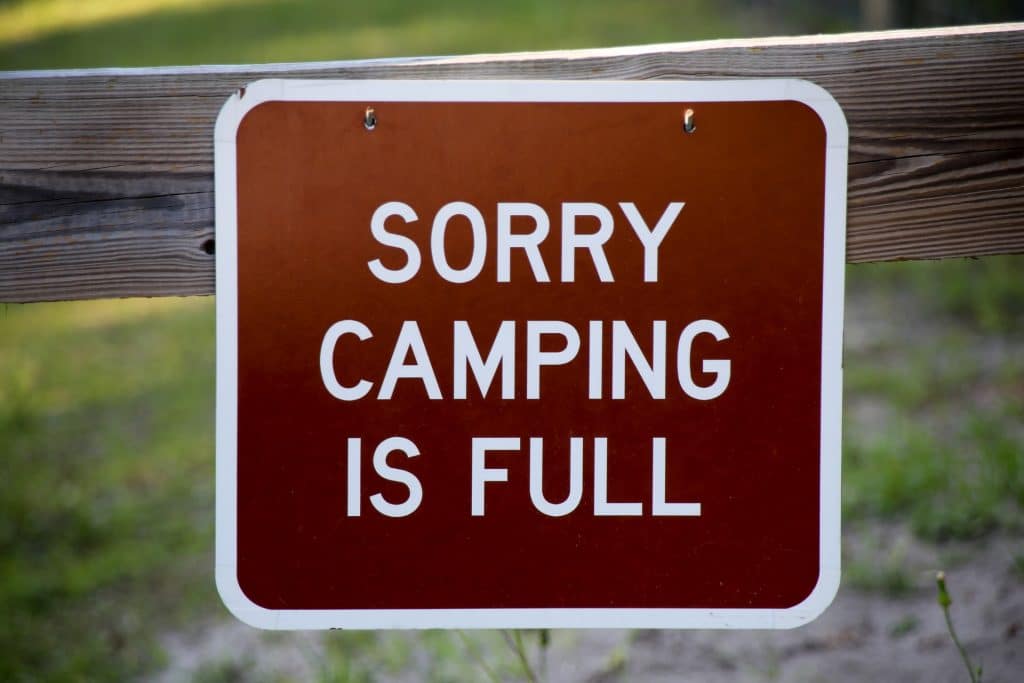
We tend to find some balance where we can. We make reservations in the most important stops along our route and our final destination, but then allow for some wiggle room where we can. The decision to make reservations will depend on your specific stops, your personality type, your travel style, your family and work needs, etc. It’s a very personal part of the process.
Expect to Modify
The process of planning the smaller details of your itinerary will often lead you back to step one. You may not be able to find a place to park so you may scratch a stop and therefore change dates for other stops. You may find a park or campground you really want to stay at but they only have a couple days in the whole month so you’ll adjust your route a bit. There are lots of scenarios that may require you to make modifications so just be ready and try not to get frustrated at this part of the puzzle.
Keep Trying
Sometimes you’ll get lucky in finding RV sites by checking in with an RV park or campground often to see if there are any cancellations. Or adjusting the dates so that you are at certain stops during the week may help as weekends tend to book up quicker.
Other times you can ask a park if it would help for you to switch sites mid-stay. Occasionally by breaking up your stay like this, they can squeeze you in as long as you’re willing to be flexible. Another option might be to split your stays between two different accommodations to make it work. The idea here is that sometimes you can get creative and find a solution that works. These tips for snagging campsites at popular campgrounds may help, too!
Stay Organized
Whether you’re a spreadsheet person (we love using Airtable!) or an old fashioned pocket book planner type of person, just make sure you keep track of any reservations you make and the itinerary you set for yourself. It’s unfortunate when reservations get lost in a parks system and you have trouble checking in, so it can help to keep your reservation details and confirmation number handy.
The Complete RV Travel Planner is a handy book that some of our RV friends created to help with organizing your RV trip planning. It even comes in PDF format too if you prefer digital!
Keeping your RV route plan and itinerary also allows you to easily share it with a loved one for safety purposes. Then when you hit the road, you won’t be stressed about all these details and can just relax and enjoy the journey!
Conclusion
Remember, RV route planning can feel like a puzzle and it’s easy to get frustrated when you can’t quite figure out how to make all the pieces fit together. Try to make the most of this process and focus on how much you’re going to have once you’re on the open road. I promise you it’s worth the headache of going through it!
Pin This Post For Later:
Related Posts:


